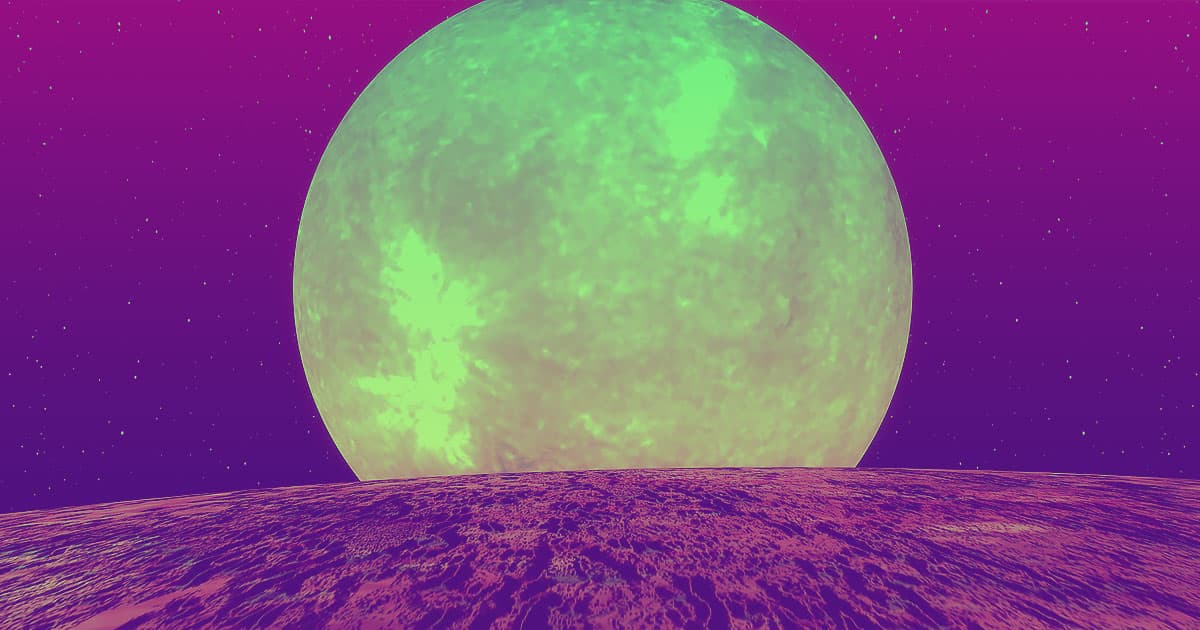It predicts which exoplanets will live — and which are likely to die in a cataclysmic interplanatary collision.
Judgment Day
A team of NASA astrophysicists has put the fate of entire star systems in the hands of an AI algorithm.
The system — dubbed SPOCK — by NASA and Princeton University astrophysicist Daniel Tamayo, doesn't actually decide which worlds will live and die. But it can predict the paths of exoplanets, and determine which ones will remain stable and which will crash into other worlds or stars, far more accurately and at greater scale than humans ever could.
Too Many Limes
Since the first exoplanet was discovered in 1995, scientists have identified more than 4,000 worlds elsewhere. Over 700 of them are in star systems containing more than one planet, Tamayo said in a press release, which potentially puts them at risk of devastation collisions.
"We can't categorically say 'This system will be OK, but that one will blow up soon,'" Tamayo said in the release. "The goal instead is, for a given system, to rule out all the unstable possibilities that would have already collided and couldn't exist at the present day."
The Reference
Traditionally, this is a problem that scientists would brute force by modeling an exoplanet's next billion orbits and look for danger. SPOCK is a bit more elegant: It stops after 10,000 orbits and then trains a machine learning algorithm using the dynamics of that orbit. Eventually, the system learns to predict collisions well in advance.
"We called the model SPOCK — Stability of Planetary Orbital Configurations Klassifier — partly because the model determines whether systems will 'live long and prosper,'" Tamayo said.
READ MORE: Artificial intelligence predicts which planetary systems will survive [Princeton University]
More on dead worlds: Scientists Want To Hunt for Life on Long-Dead Worlds
Share This Article
